36 draw a diagram showing how deflation occurs in wind erosion
1540s, from French erosion (16c.), from Latin erosionem (nominative erosio) ";a gnawing away," noun of action from past-participle stem of erodere "to gnaw away, consume," from assimilated form of ex "away" (see ex-) + rodere "to gnaw" (see rodent). Related: Erosional. 1891, "release of air," noun of action from deflate (q.v.). In reference to currency or economic situations, from 1916. Related: Deflationary.
Erosion is defined as the set of natural processes that loosen, remove and transport ... Wind generally causes erosion by deflation and/or abrasion.

Draw a diagram showing how deflation occurs in wind erosion
"air in motion," Old English wind "wind," from Proto-Germanic *winda- (source also of Old Saxon, Old Frisian, Middle Dutch, Dutch wind, Old Norse vindr, Old High German wind, German Wind, Gothic winds), from PIE *wē-nt-o‑ "blowing," suffixed (participial) form of root *we- "to blow." Normal pronunciation evolution made this word rhyme with kind and rind (Donne rhymes it with mind and Thomas Moore with behind), but it shifted to a short vowel 18c., probably from influence of windy, where the short vowel is natural. A sad loss for poets, who now must rhyme it only with sinned and a handful of weak words. Symbolic of emptiness and vanity since late 13c. I have forgot much, Cynara! gone with the wind. [Ernest Dowson, 1896] Meaning "breath" is attested from late Old English; especially "breath in speaking" (early 14c.), so long-winded, also "easy or regular breathing" (early 14c.), hence second wind in the figurative sense (by 1830), an image from the sport of hunting. Winds "wind instruments of an orchestra" is f "to perceive by scent, get wind of," c. 1400, from wind (n.1). Of horns, etc., "make sound by blowing through," from 1580s. Meaning "tire, put out of breath; render temporarily breathless" is from 1802, originally in pugilism, in reference to the effect of a punch in the stomach. Related: Winded; winding. 1610s, "an illustrative figure giving only the outlines or general scheme of the object;" 1640s in geometry, ";a drawing for the purpose of demonstrating the properties of a figure;" from French diagramme, from Latin diagramma ";a scale, a musical scale," from Greek diagramma "geometric figure, that which is marked out by lines," from diagraphein "mark out by lines, delineate," from dia "across, through" (see dia-) + graphein "write, mark, draw" (see -graphy). Related: Diagrammatic; diagrammatically. The verb, "to draw or put in the form of a diagram," is by 1822, from the noun. Related: Diagrammed; diagramming.
Draw a diagram showing how deflation occurs in wind erosion. Jan 11, 2021 — It can erode rock to make beautiful shapes. Wind has eroded this rock so ... Diagram of how wind can transport particles ... Deflation. Wind ... deflation, in geology, erosion by wind of loose material from flat areas of dry, uncemented sediments such as those occurring in deserts, dry lake beds, ... Deflation happens when wind removes the top layers of fine sediment or soil and leaves behind larger rock pieces. Deflation can form certain land features. It ...5 pages "move by turning and twisting," Old English windan "to turn, twist, plait, curl, brandish, swing" (class III strong verb; past tense wand, past participle wunden), from Proto-Germanic *windan "to wind" (source also of Old Saxon windan, Old Norse vinda, Old Frisian winda, Dutch winden, Old High German wintan, German winden, Gothic windan "to wind"), from PIE *wendh- "to turn, wind, weave" (source also of Latin viere "twist, plait, weave," vincire "bind;" Lithuanian vyti "twist, wind"). Related to wend, which is its causative form, and to wander. The past tense and past participle merged in Middle English. Meaning "to twine, entwine oneself around" is from 1590s; transitive sense of "turn or twist round and round (on something) is from c. 1300. Meaning "set a watch, clockwork, etc. in operating mode by tightening its spring" is from c. 1600. Wind down "come to a conclusion" is recorded from 1952; wind up "come to a conclusion" is from 1825; earlier in transitive sense "put (affairs) in order in advance of a fin
Describe the type of deposits formed by windborne silts and clays. Vocabulary. deflation; desert pavement; desert varnish; loess; sand dune; slip face ... "give motion to by the act of pulling," c. 1200, drauen, spelling alteration of Old English dragan "to drag, to draw, protract" (class VI strong verb; past tense drog, past participle dragen), from Proto-Germanic *draganan "to draw, pull" (source also of Old Norse draga "to draw, drag, pull," Old Saxon dragan "to carry," Old Frisian drega, draga, Middle Dutch draghen "to carry, bring, throw," Old High German tragan "carry, bring, lead," German tragen "to carry, bear"), from PIE root *dhregh- (see drag (v.)). Sense of "make a line or figure" (by "drawing"; a pencil across paper) is from c. 1200. Meaning "remove or extract (a weapon) by pulling" is from late 12c., originally of a sword. Sense of "to pull (a bowstring)" is from c. 1200. To draw a criminal (drag him at the tail of a horse to the place of execution) is from c. 1300. Meaning "select one (from a number of lots, etc.)" is from c. 1300. Sense of "bring (a crowd, an audience, etc.) by inducement or attraction" is from 1580s. Of a ship or boat, "to displ Flood pulse related physical variables (FLOOD) can affect zooplankton community structure through local factors directly and can also influence through regional dispersal factors of metacommunity concepts indirectly. Therefore, we infer that spatial patterns of zooplankton communities could be related to metacommunity concepts and their importance may depend on the size of the aquatic ... "an act of winding round," 1825, from wind (v.1) . Earlier, "an apparatus for winding," late 14c., in which use perhaps from a North Sea Germanic word, such as Middle Dutch, Middle Low German winde "windlass."
Wind erosion may be divided into two types: deflation (actual removal of. ... thus occur in the Atlantic Ocean, 500 miles off the Saharan coast of Africa. However, the term wind erosion actually refers to the damage of land due to wind removing soil from an area. Most often, wind erosion occurs on flat land in ... AI-based Image Memorability prediction helps marketers to make brand and product images more effective. Understand the behavior of customers in-store, establishing an empathic relationship that takes into account their needs and desires. The full-length title of this article should be 10 ways the Internet and the smartphone have changed the way we live - as … Aug 23, 2018 — It can erode rock to make beautiful shapes. Wind has eroded ... Diagram of how wind can transport particles ... How does wind erosion occur?
Old English hu "how," from Proto-Germanic *hwo (source also of Old Saxon hwo, Old Frisian, Middle Dutch hu, Dutch hoe, German wie, Gothic hvaiwa "how"), an adverbial form from PIE root *kwo-, stem of relative and interrogative pronouns. Practically a doublet of why, differentiated in form and use. How come? for "why?" is recorded from 1848 [Bartlett]. Emphatic phrase and how! is recorded from 1865. The formulation was common in book and article titles ("The National Debt, and How to Pay It"), but Pennsylvania writer Bayard Taylor, in whom it is first recorded, seems to have regarded it as a German or German-American expression.
c. 1400, "act of pulling," from draw (v.). Meaning "game or contest that ends without a winner," is attested first in drawn match (1610s), but the signification is uncertain origin; some speculate it is from withdraw. Hence, as a verb, "to leave (a game, etc.) undecided," from 1837. Colloquial sense of "anything that can draw a crowd" is from 1881 (from the verb in the related sense).
1610s, "an illustrative figure giving only the outlines or general scheme of the object;" 1640s in geometry, ";a drawing for the purpose of demonstrating the properties of a figure;" from French diagramme, from Latin diagramma ";a scale, a musical scale," from Greek diagramma "geometric figure, that which is marked out by lines," from diagraphein "mark out by lines, delineate," from dia "across, through" (see dia-) + graphein "write, mark, draw" (see -graphy). Related: Diagrammatic; diagrammatically. The verb, "to draw or put in the form of a diagram," is by 1822, from the noun. Related: Diagrammed; diagramming.
"to perceive by scent, get wind of," c. 1400, from wind (n.1). Of horns, etc., "make sound by blowing through," from 1580s. Meaning "tire, put out of breath; render temporarily breathless" is from 1802, originally in pugilism, in reference to the effect of a punch in the stomach. Related: Winded; winding.
"air in motion," Old English wind "wind," from Proto-Germanic *winda- (source also of Old Saxon, Old Frisian, Middle Dutch, Dutch wind, Old Norse vindr, Old High German wind, German Wind, Gothic winds), from PIE *wē-nt-o‑ "blowing," suffixed (participial) form of root *we- "to blow." Normal pronunciation evolution made this word rhyme with kind and rind (Donne rhymes it with mind and Thomas Moore with behind), but it shifted to a short vowel 18c., probably from influence of windy, where the short vowel is natural. A sad loss for poets, who now must rhyme it only with sinned and a handful of weak words. Symbolic of emptiness and vanity since late 13c. I have forgot much, Cynara! gone with the wind. [Ernest Dowson, 1896] Meaning "breath" is attested from late Old English; especially "breath in speaking" (early 14c.), so long-winded, also "easy or regular breathing" (early 14c.), hence second wind in the figurative sense (by 1830), an image from the sport of hunting. Winds "wind instruments of an orchestra" is f
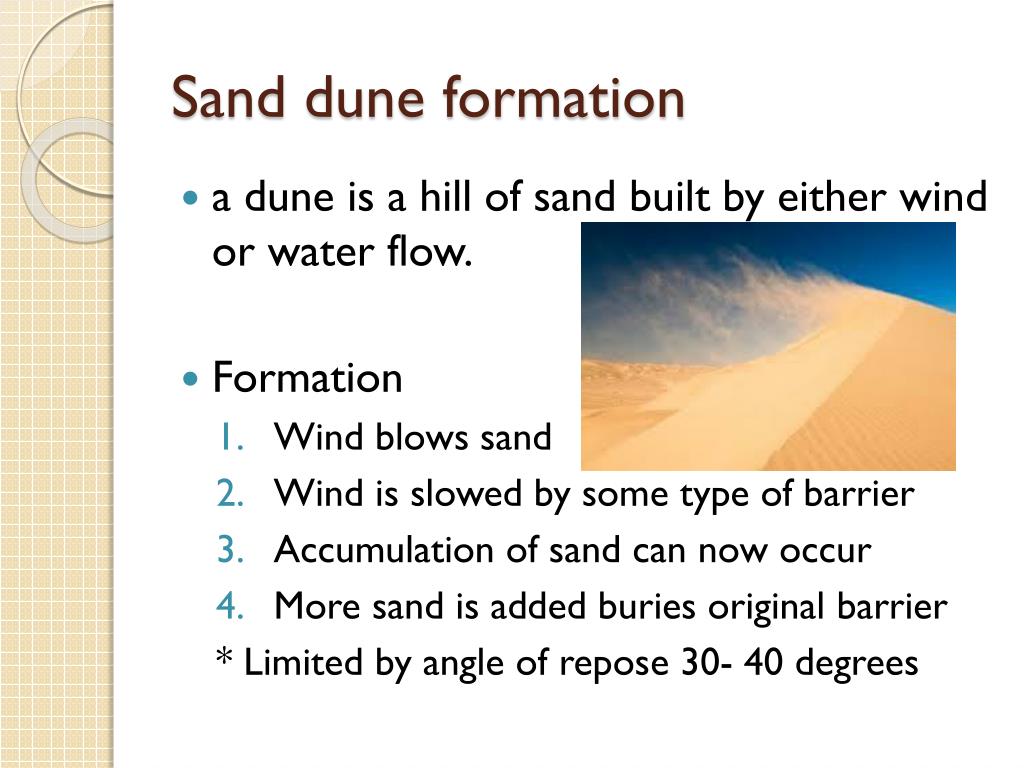
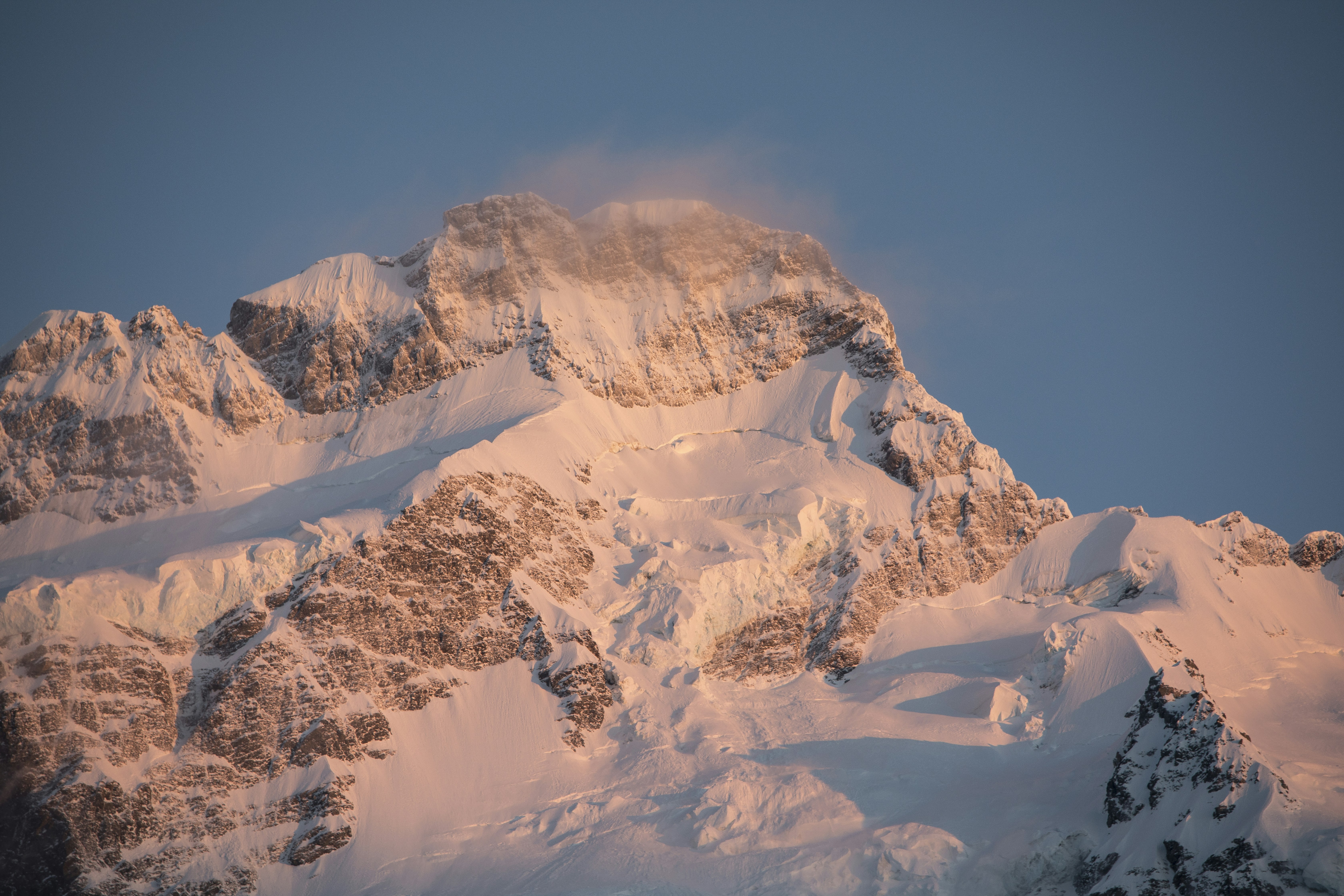
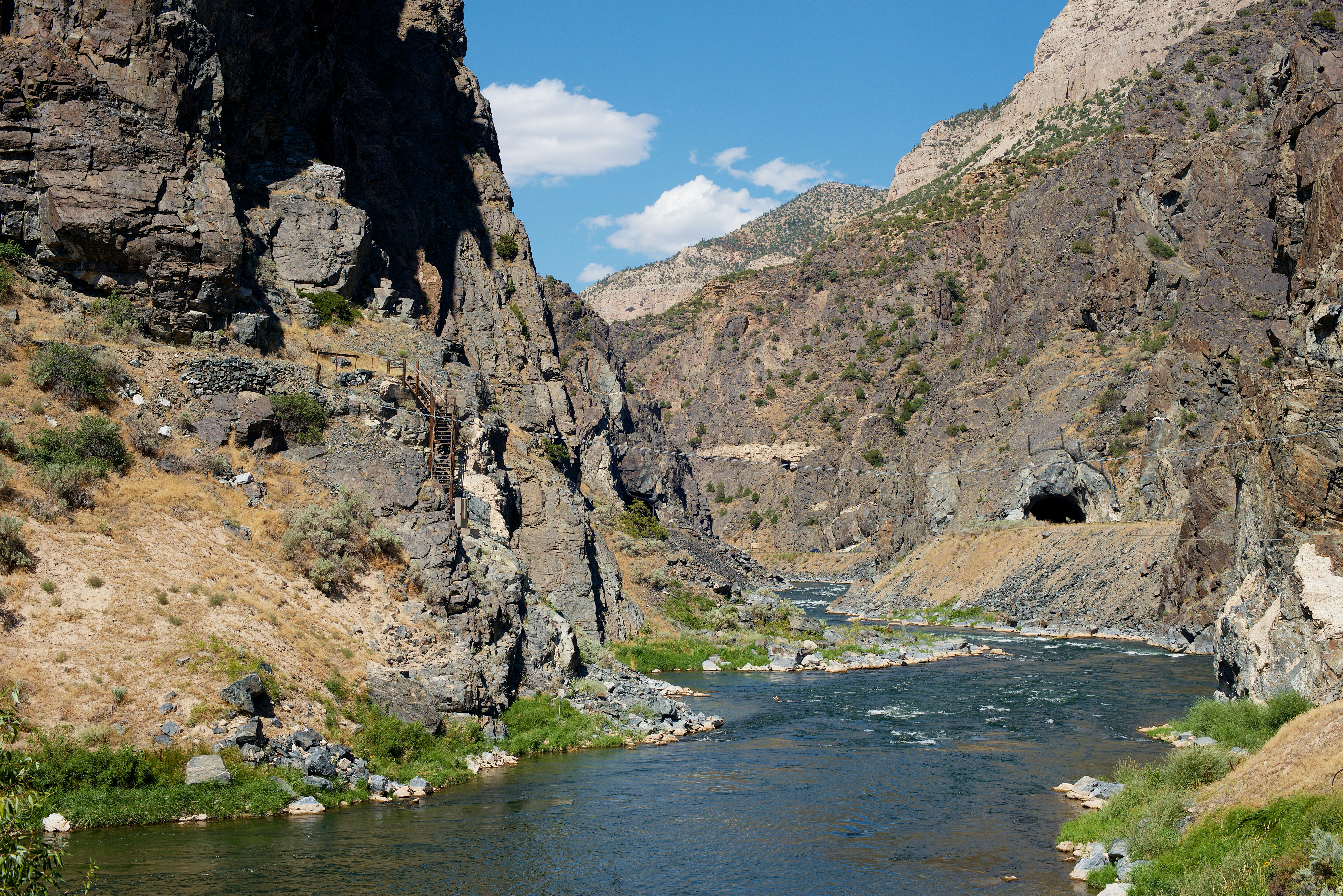

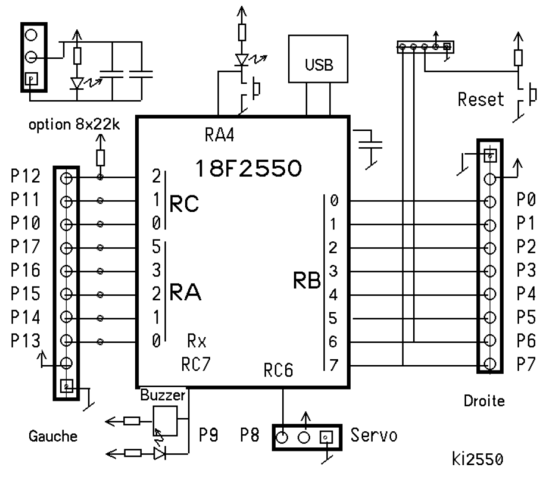







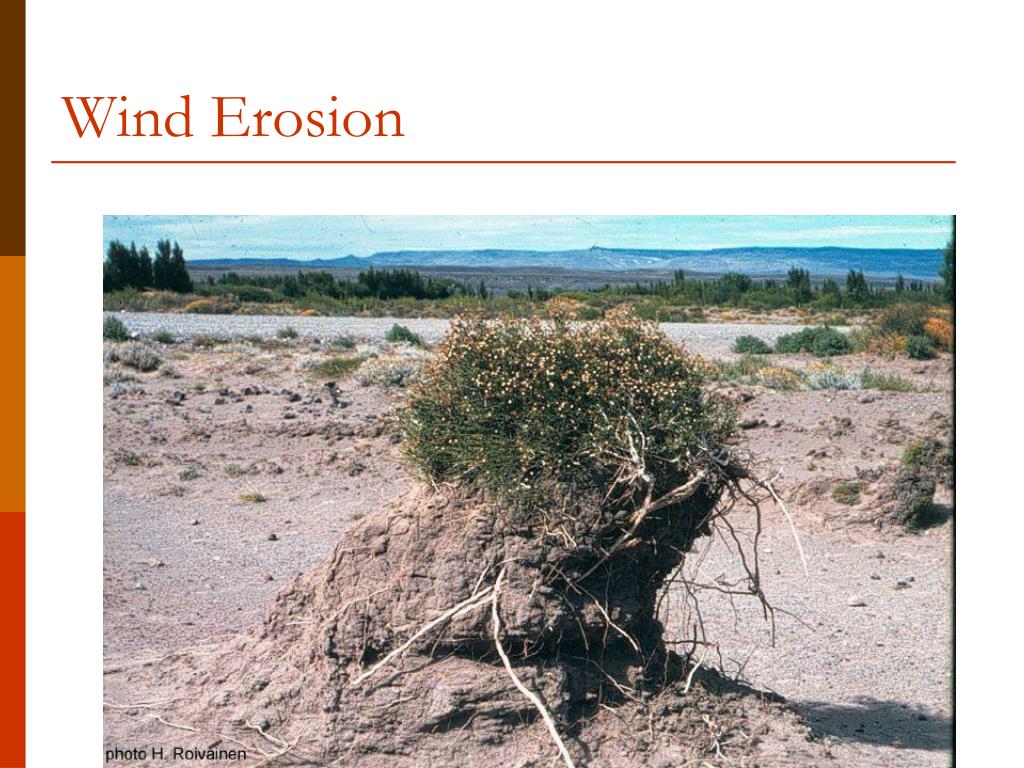







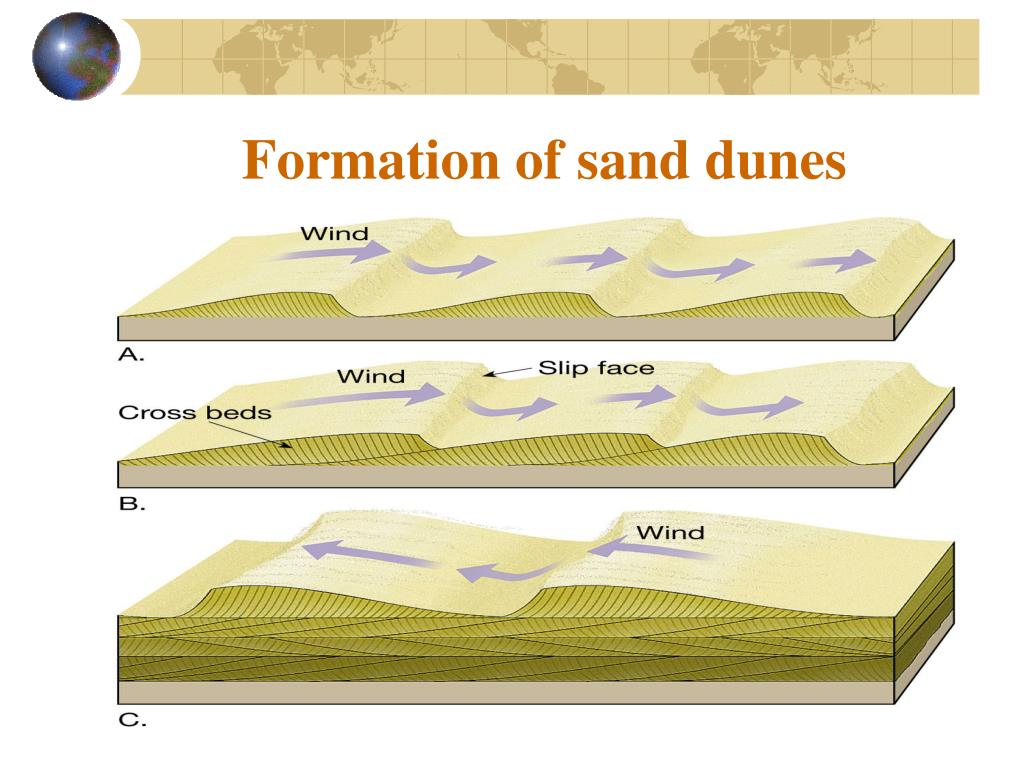
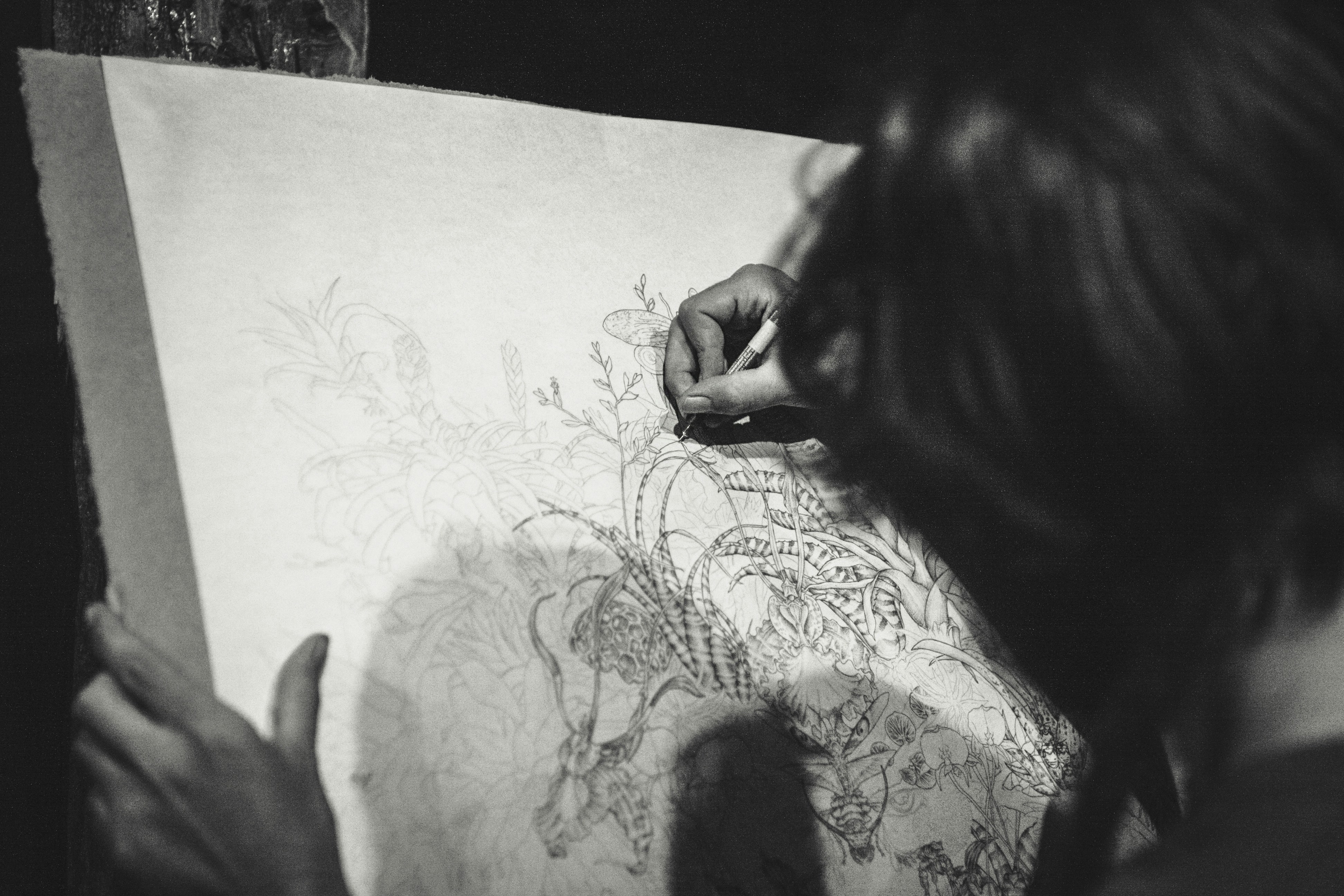





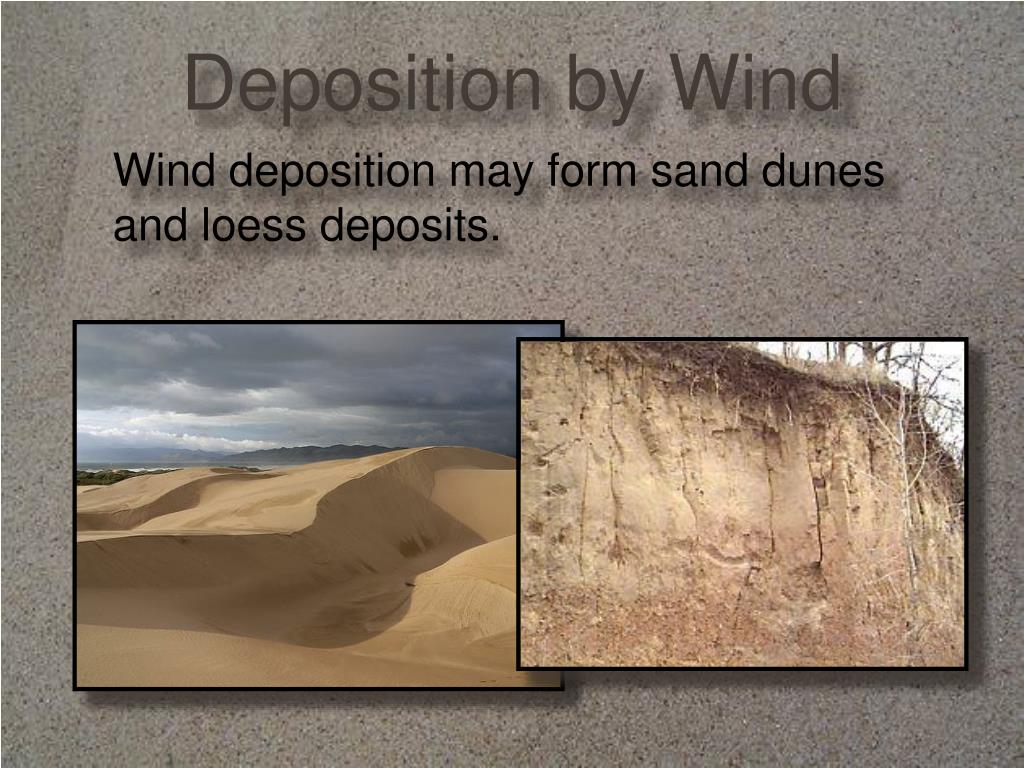

0 Response to "36 draw a diagram showing how deflation occurs in wind erosion"
Post a Comment